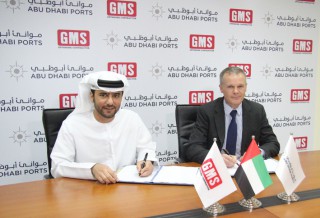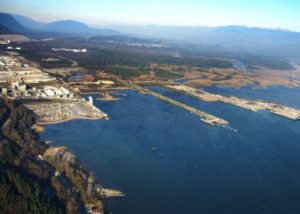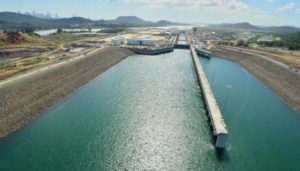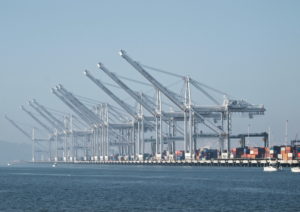Gulf Marine Services Moving Operations To Zayed Port
A contract has been signed by UAE-based port operator Abu Dhabi Ports with offshore contractor Gulf Marine Services (GMS) for setting up a shipbuilding facility at Zayed Port in which GMS will construct and maintain its offshore support vessels that serve the region’s oil and gas industry.
Under the deal, Zayed Port, as a regional hub for the cruise industry, and general and bulk cargo, will lease the new facility to GMS for three years.
GMS, which specializes in the operation of self-propelled self-elevating support vessels (SESVs), is also known as jack-up barges, plans to move all vessel construction, repairs, and mobilizations to the new yard.
The company’s construction and maintenance yard is currently located in Mussafah, Abu Dhabi. By the relocation, Zayed Port is expected to bring substantial benefits to GMS’ business, as the new site is double the size, increasing the yard to 42,500 sq. Ft.
GMS is going to bring subcontracted fabrication work in-house, generating cost savings with the larger capacity. Besides, the location of Zayed Port is operationally more efficient being closer to the channel, with access to the sea requiring just one day’s passage instead of up to six days required from Mussafah due to tidal conditions.
The move will be phased from now to March 2016 when the company’s latest newbuild vessel, GMS Sharqi, is scheduled for completion at the Zayed Port site. GMS’ head office will remain in Mussafah and for supplementary purposes, the yard there will continue to be used.
“GMS’ new facility at Zayed Port is the latest extension of Abu Dhabi Ports’ significant services to the exploration and production sector, which is vital to the economy of the UAE and the region. Zayed Port and two adjoining ports―Freeport and New Freeport―are playing a major role in the important services to this crucial sector,” said Captain Mohamed Juma Al Shamisi, CEO of Abu Dhabi Ports.
Followed the relocation, comes with a makeover at Zayed Port which saw container and RoRo cargo traffic being moved from there to the Khalifa Port, opening up the space for the GMS facility.






